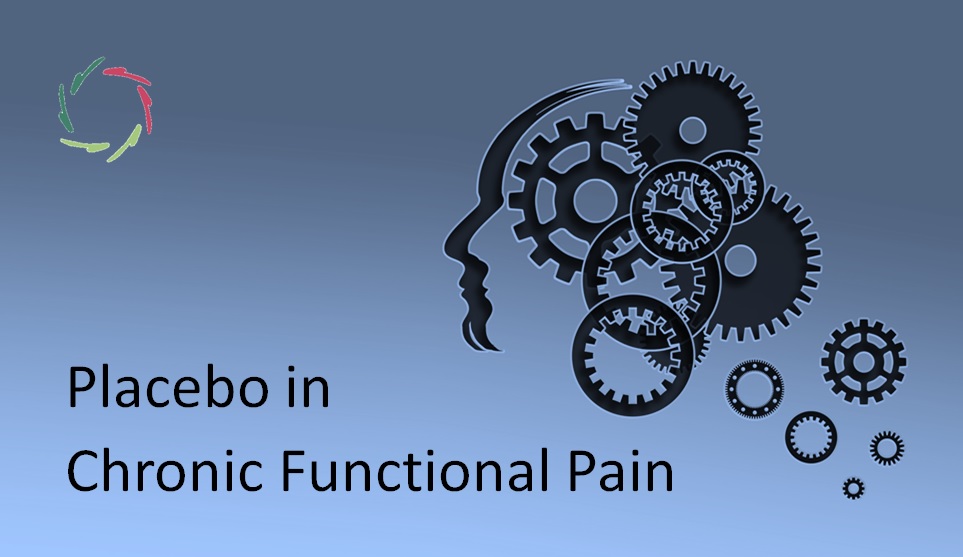Placebo in Chronic Functional Pain

This is the blogified abstract of a congress talk that I delivered in Montreal several years ago.
You find the whole talk as delivered in Montreal at [see: “Placebo as Communication to Neur(on)al Networks in Chronic Functional Pain”]
Meaning, expectation, hope, belief…
These can be seen as alternative explanations for the placebo effect, as different mechanisms through which the placebo ‘works,’ or different ways to approach one underlying phenomenon conceptually.
In each case, we still have to explain how, for instance in the domain of placebogenic pain relief, the psychological, ‘immaterial’ construct translates into something ‘material,’ such as endorphin release in the brain. This is the old Cartesian problem of mind/brain dualism.
Connectionism
After three decades of almost purely cognitive symbolic theorizing, connectionism came fully back in the 80ies, with the landslide double-book by Rumelhart & McClelland “Parallel Distributed Processing” (PDP) in 1986.
The idea is that any concept (thought, feeling, meaning…) is equivalent in the brain to the activation of a network of neurons. Each such network (or pattern) is distributed over a large area of neurons. Many patterns can be active simultaneously, in parallel.
The involved neurons contain only sub-conceptual information, the complete concept being emergent from the activation of a pattern.
Meanwhile, a torrent of cognitive data are compatible with this theory
not opposing cognitive symbolism but complementing it.
In the field of Artificial Neural Networks (branch of A.I.) this has led to many breathtaking realizations.
This theory solves the Cartesian problem.
The activation of a pattern is not ‘causal to’ but indeed equals ‘having a thought.’ A neur(on)al pattern can be seen as something ‘immaterial’ and ‘material’ simultaneously.
As an analogy, the paint and canvas of a painting are ‘all there is’ materially seen, yet should not let us forget the art, which is what the painting is about.
Subconceptual Processing Theory
This further develops PDP, forming an explanation in one parsimonious sweep of placebo, empathy, consciousness, subconscious mental processing, the etiology of chronic functional pain, etc.
Any concrete ‘feeling of pain’ is an emergent perception that equals the activation of one or more neur(on)al patterns. A suggestion (such as diminished pain) surrounding an analgesic placebo can be seen as communication with such patterns. The match at this level is direct.
Moreover, one can open up placebo towards this level
making it possible to use the underlying phenomenon of placebo in a direct, rational and overt way in full respect to the patient, as indeed we have done and are further investigating.
As another domain that makes heavy use of suggestion, hypnosis has taught us quite a lot about how to do this. That makes the question of whether placebo deception is appropriate, at least partly obsolete. Even more, it shows us that:
Placebo is only one way to ‘communicate directly with subconceptual patterns’.
It may not even be the most efficient, let alone ethical way.
Opening up placebo this way brings human warmth, deep meaning, and hope in an entirely rational manner back into the center of medicine as a whole.


